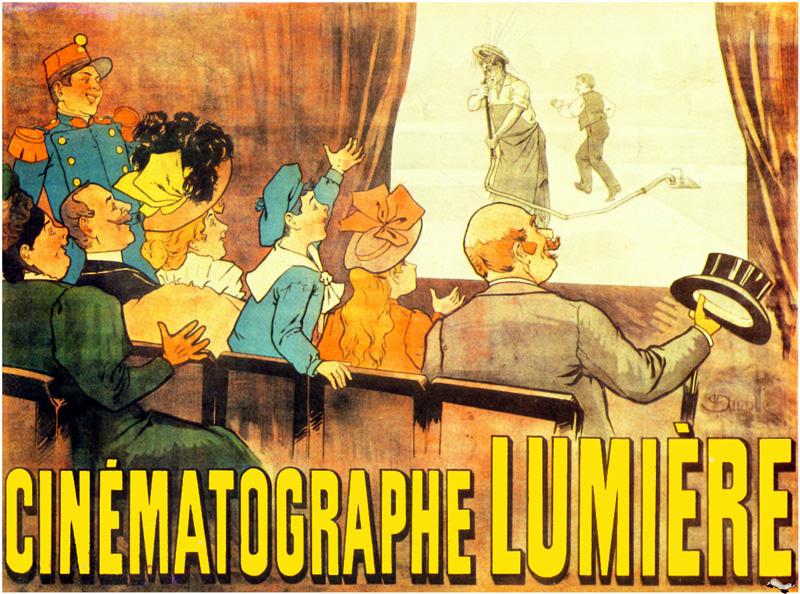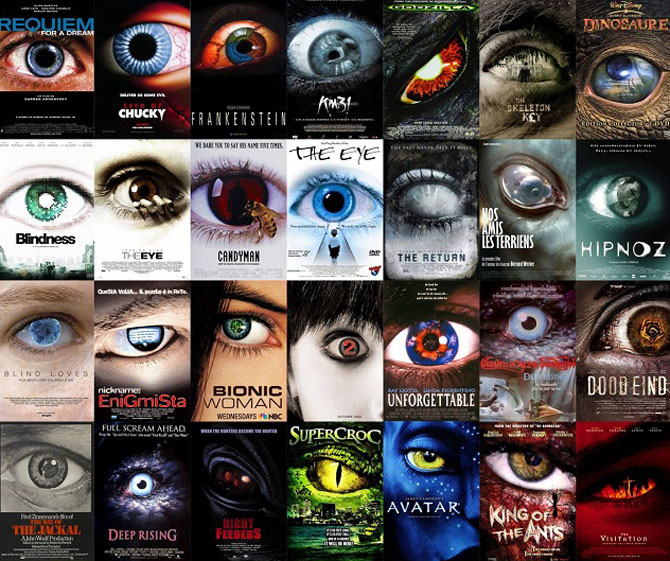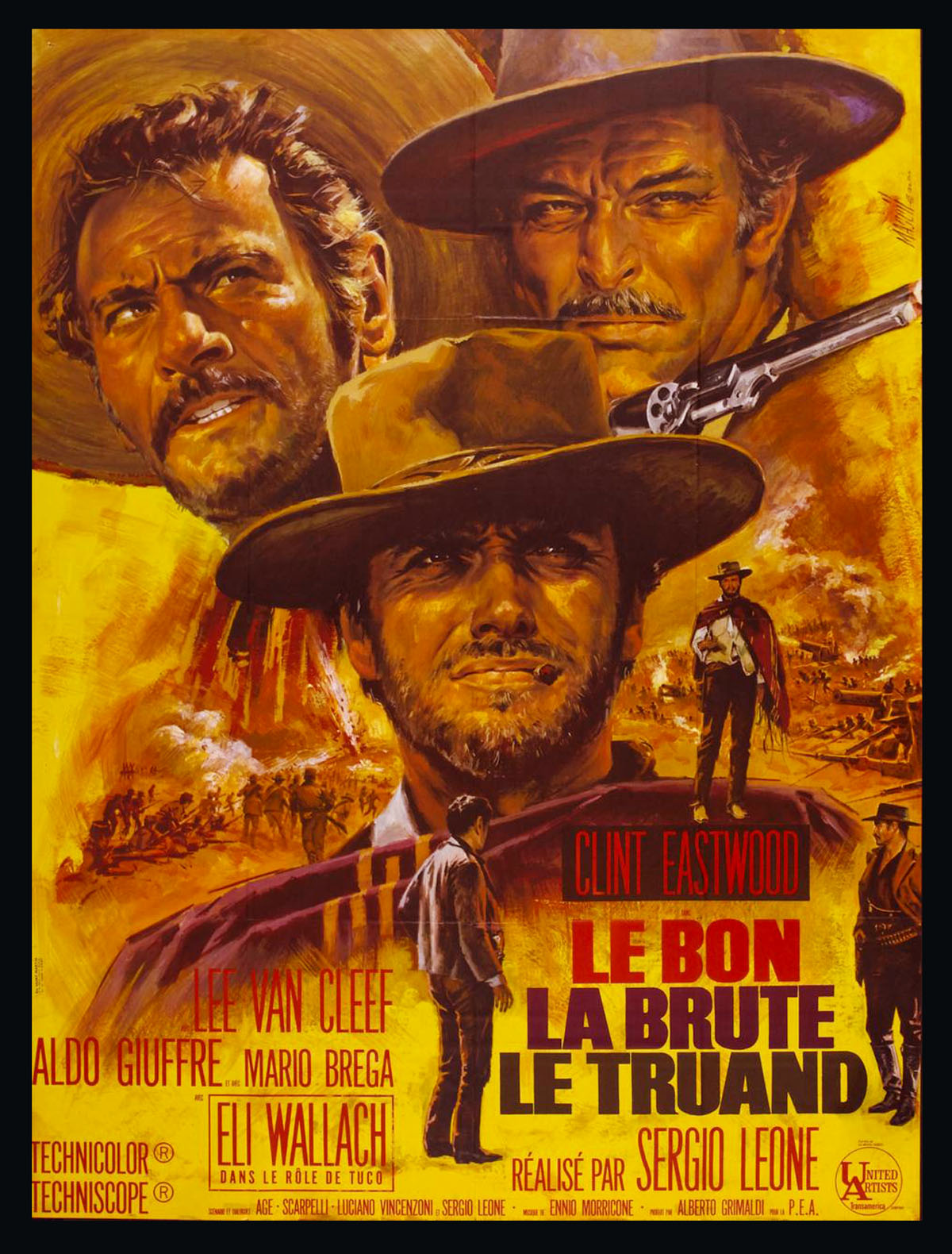- Browse our catalog
- New additions
-
Search by Tag
Genre
- A24 Films
- Adventure and Action
- -- Martial Arts
- -- Kung Fu Movies
- -- Blaxploitation
- -- War Movies
- -- Sword and Sandals
- Comedy
- Documentary
- Drama
- Animation
- -- Anime
- -- Walt Disney
- Fantasy
- -- Godzilla and Giant monsters
- -- Heroic Fantasy
- -- Marvel / DC Comics
- Horror
- - Stephen King
- -- Italiian Horror and Giallo
- -- Hammer, Amicus and co
- -- Monsters and Creatures
- -- Slashers and Serial Killers
- -- Witches and Demons
- -- Vampires and Werewolves
- -- Zombies and Cannibals
- Music / Dance
- Nouvelle Vague
- Adult Movie Posters
- Crime and Thriller
- -- Spy Movies
- -- Films Noir
- Romance
- Sci-Fi
- -- Post-apocalyptic
- TV Shows
- Western
Cult Movie- 2001 : A Space Odyssey
- Alien
- Batman
- Blade Runner
- Jaws
- Indiana Jones
- Conan the Barbarian
- Dune
- E.T. the Extraterrestrial
- Evil Dead
- Freddy
- Goonies
- The Gremlins
- Halloween
- Harry Potter
- James Bond
- Jurassic park
- Mad Max
- The Godfather
- Planet of the Apes
- Pulp Fiction
- Back to the Future
- Rocky - Rambo
- Lord of the Rings
- Ghostbusters
- Star Trek
- Star Wars
- Terminator
Director- Pedro Almodovar
- Mario Bava
- Ingmar Bergman
- Wes Anderson
- Dario Argento
- Luc Besson
- Tim Burton
- James Cameron
- John Carpenter
- The Coen Brothers
- Francis Ford Coppola
- David Cronenberg
- Joe Dante
- Brian De Palma
- Federico Fellini
- David Fincher
- William Friedkin
- Lucio Fulci
- Jean-Luc Godard
- Alfred Hitchcock
- Stanley Kubrick
- Akira Kurosawa
- Sergio Leone
- David Lynch
- Russ Meyer
- Hayao Miyazaki
- Gaspar Noe
- Christopher Nolan
- George Romero
- Martin Scorsese
- Ridley Scott
- Steven Spielberg
- Quentin Tarantino
- Andrei Tarkowsky
- François Truffaut
- Wong Kar Wai
Actor / Actress- Brigitte Bardot
- Jean-Paul Belmondo
- Charles Bronson
- Jackie Chan
- Charlie Chaplin
- Sean Connery
- Louis de Funes
- Robert De Niro
- Catherine Deneuve
- Alain Delon
- Patrick Dewaere
- Clint Eastwood
- Bruce Lee
- Christopher Lee
- Sophia Loren
- Steve McQueen
- Marilyn Monroe
- Chuck Norris
- Robert Redford
- Romy Schneider
- Arnold Schwarzenegger
- Sylvester Stallone
- Jean-Claude Van Damme
- Lino Ventura
Themes- Recent movies
- French Movies
- Italian Movies
- Asian films
- Spanish Movies
- Vintage Posters
- Theme 20s / Art Deco
- Theme Plane, helicopter
- Theme Boats / Navy
- Theme Cuisine / Bars / Restaurants
- Theme Motorcycles / Scooters / Bicycles
- Theme Black and White / Monochrome
- Theme Summer / Beach / Sea / Oceans
- Theme Trains
- Theme Cars / Motor racing
Movie Poster Artists Galery- John Alvin
- Richard Amsel
- Saul Bass
- Constantin Belinsky
- Renato Casaro
- René Ferracci
- Frank Frazetta
- Boris Grinsson
- Clement Hurel
- Jouineau-Bourduge
- Georges Kerfyser
- Michel Landi
- Laurent Lufroy
- Jean Mascii
- Laurent Melki
- Guy Gerard Noel
- Bob Peak
- Enzo Sciotti
- Roger Soubie
- Drew Struzan
- Yves Thos
-
Movie Posters
See all Movie PostersFrance
- FRANCE - 15x21 - Petite
- FRANCE - 23x32 - Medium
- FRANCE - 33x47
- FRANCE - 23x63 - Door Panel
- FRANCE - 47x63 - Grande
- FRANCE - 96x63 - 2 Panels
- FRANCE - 118x157 - Billboard
Europe- BELGIUM - 14x21
- ITALIA - 13x28 - Locandina
- ITALIA - 26x18 - Fotobusta
- ITALIA - 35x55 - 2 Fogli
- ITALIA - 140x200 - 4 Fogli
- UNITED KINGDOM - 30x40 - British Quad
- GERMANY - 23x33 - A1
- GERMANY - 33x47 - A0
- GERMANY - 47x63 - A00
- SPAIN - 27x40
U.S.A- USA - 27x40 - 1sh
- USA - 14x36 - Insert
- USA - 22x28 - Half Sheet
- USA - 41x81 - 3sh
- USA - 41x77 - One Stop
- USA - 9x20 ft - 24 sheet
World- JAPAN - 20x29 - B2
- AUSTRALIA - 13x28 - Daybill
- CHINA - 28x41 - 1sh
- TURKEY - 27x40
Small Format PostersMedium Format PostersLarge Format PostersVery Large Format PostersLinen Movie PostersFan-Art Posters / MONDOFilm Festival PostersSALES! -
Photos
Black and White photos / Press StillsLobby CardsLarge format Photos
- Autographs
-
Film Production
Movie ScriptsStoryboardsProps
- Pressbooks
- Books & Goodies
- Merch
History and future of movie posters
« The art of the film poster is to reduce to an image what the director has achieved in 350,000. » (Stanley Kubrick)
Movie poster have been used since the earliest public exhibitions of film, at the end of the 19th century. Here is the very first movie poster in the world, for the Cinématographe Lumière / l'Arroseur Arrosé (1896). Please note that its size was 120x160cm, which is still the french standard size for theatre-used movie posters!

For a long time, the movie poster was the main promotional tool for a film. The studios therefore devoted a substantial budget to it, and called on the most talented artists to distinguish a film from its competitors.
Among the most famous poster artists are Roger Soubie, Boris Grinsson, Jean Mascii, Saul Bass, Robert McGinnis and Drew Struzan (see the Cinema Poster Gallery).
Over the years, production and printing methods gradually industrialized: silk-screening was followed by lithography, then offset in the 1950s, a printing technique with less rich colors but higher prints.
In visual terms, illustration was the dominant artistic technique until the early 1990s, before being supplanted by the technique of photomontage.
Photography was introduced into poster design in the late 1950s, with the replacement of lithographic printing by offset printing which facilitated the use of photomontage. For film distributors, creating movie posters by photomontage has the advantage of being cheaper and faster than illustration. Unfortunately it is also more restrictive than the illustration in terms of original creation, although many photomontages are also very beautiful! The proof below with two examples of cult posters using each of these artistic techniques: the first is a poster of the Good, the Brute and the Ugly illustrated by Jean Mascii, the second is a photomontage for the film Psychose (unknown artist) .
Promotional media are also multiplying: trailer, radio, TV and internet are becoming common media for film promotion, mechanically reducing the budget dedicated to movie posters.
However, the poster remains an essential medium for the promotion of the film. Also, to reconcile the decrease in the budget with the need to produce an attractive poster, some advertisers are sometimes forced to abandon the artistic aspect (longer, more expensive) to focus on proven techniques for filling rooms, such as close-up of the star actor, the piercing gaze and the heroic posture.
In the modern poster, we also see the appearance of a standard background color indicating the genre of the film (white for comedy, black for the thriller, etc.), with since the 2000s, distributors that go as far as pre-test the impact of visuals on a representative audience. Consequence of this intensive rationalization of poster creation techniques: a trend towards standardization of visuals, as this edifying montage by Christophe Courtois clearly demonstrates:

All this explains the collectors taste for the originality of elder movie posters. Fortunately there are many exceptions among recent posters, like these beautiful movie posters of Enter the Void (2010), Inherent Vice (2015), Love and Mercy (2015) or of L'Etrange Couleur des Larmes de ton Corps (2013). There are still some great movie poster artists working today (Drew Struzan who works on Star Wars, Laurent Lufroy, Jean-Claude Floc'h, Gilles Vranx...).

Today, however, a new threat hangs over the traditional movie poster as we know it, in paper format: the total digitization of promotional materials. Many press kits have already been sent to the media on digital media.
Towards the disappearance of movie posters?
Unfortunately, the global trend towards the digitization of media is confirmed, and suggests that the posters of the future will probably no longer be distributed in paper format, but projected on screens at the entrance of movie theatres, as we can already see in some larger movie theatres.
Concerning the movie posters in paper format remaining in circulation, their number naturally tends to decrease for obvious reasons: deliberate or involuntary destruction after the film has been released in theaters, poor storage techniques, hazards (floods, fires, etc.), natural alteration of the oldest posters... This explains, for example, that the number of original German posters of Metropolis by Fritz Lang (1927) is estimated at less than 10 copies worldwide!
But the disappearance of movie posters in paper format is not inevitable. Fortunately, a small part of the posters exhibited in theaters ends up in the collections of film libraries, movie lovers and collectors. Displayed or stored with a minimum of precaution, or even restored by a professional, movie posters go through time and thus continue to bear witness to a film, an art and an era.
All of this explains the determination of movie fans to preserve this unique historical heritage of movie posters, with an ever-increasing number of movie poster collectors.
To go further: browse our catalog of original movie posters.
We hope that this page was usefull,
Best Regards
Mauvais Genres


 English
English Français
Français
